- No products in the cart.

Tetracycline tab n / 100mg film about 20 pc
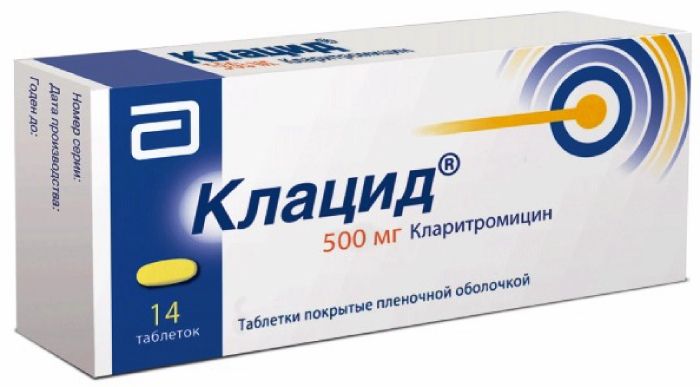
Klatsid tab n / 500mg film about 14 pc
$17.88

Ceftriaxone biochemist powder for solution for injection vial 1 piece 1d sol. 5ml ampoules 2 pcs
$4.71
$0.88
Tetracycline tab n / 100mg film about 20 pc
SKU: 657033633 Categories: Antibiotics, Antibiotics, antimicrobial, antiparasitic, Medicaments Tag: Russia
Description
Composition
Active substance:
1 tablet contains: tetracycline hydrochloride, based on active substance – 100 mg.
Excipients:
Sucrose, calcium stearate, magnesium silicate (talc), gelatin, potato starch. sheath: methylcellulose, macrogol 6000, titanium dioxide, azorubin, tropeolin.
Product form:
Tablets.
Contraindications
Hypersensitivity to tetracycline and drug components, pregnancy, lactation, infancy (up to 8 years), leukopenia, deficiency sucrase / isomaltase, fructose intolerance, glyukozogalaktoznaya malabsorption, renal failure, abnormal liver functions.
Indications
Infectious-inflammatory diseases caused by sensitive to tetracycline microorganisms: pneumonia and respiratory tract infections caused by Mycoplasma pneumoniae, respiratory tract infections caused by Haemophilus influenzae and Klebsiella spp, bacterial infections of genito-urinary tract, skin and soft tissue infections, necrotizing ulcerative gingivostomatitis, conjunctivitis. , acne, actinomycosis, intestinal amebiasis, anthrax, brucellosis, bartonellosis, chancroid, cholera, chlamydia, uncomplicated gonorrhea, granuloma inguinale, lymphogranuloma venereum, l sterioz, plague, psittacosis, rickettsial pox, Rocky Mountain spotted fever, typhus fever, relapsing fever, syphilis, trachoma, tularaemia, yaws, botulism, tetanus, gas gangrene, food poisoning, pertussis, dysentery, vibriosis, Lyme disease.
Interaction with other drugs
In connection with the suppression of intestinal microflora, reducing prothrombin index (requires reduction in dose proximity anticoagulants).
Reduces the efficiency of bactericidal antibiotics breaking cell wall synthesis (penicillins, cephalosporins).
Estrogensoderzhaschih reduces the effectiveness of oral contraceptives increases the risk of bleeding “breakthrough”; Retinol – the risk of increased intracranial pressure.
Absorbance decrease antacids that contain aluminum, magnesium, calcium, iron preparations and colestyramine.
Chymotrypsin increases the concentration and duration of circulation.
Overdose
If overdose may increase the above-described side effects.
Treatment is symptomatic.
pharmachologic effect
Pharmacological group:
Antibacterials.
Pharmacodynamics:
Bacteriostatic antibiotic tetracycline. Penalized complex formation between transport RNA and ribosome, which leads to a suppression of protein synthesis. It is active against gram-positive bacteria – Staphylococcus spp. (Including Staphylococcus aureus, including penicillinase-producing strains), Streptococcus spp. (Some strains, including Streptococcus pneumoniae), Listeria monocytogenes, Bacillus anthracis, Clostridium spp, Actinomyces spp, Propionibacterium acnes, Bacillus fusiformis..; – Gram-negative organisms – Haemophilus influenzae, Haemophilus ducreyi, Bordetella pertussis, Escherichia coli, Enterobacter spp. (Including Enterobacter aerogenes), Klebsiella spp., Neisseria gonorrhoeae, Shigella spp., Yersinia pestis, Bartonella bacilliformis, Vibrio cholerae, Vibrio fetus, Rickettsia prawazekii, Rickettsia reckettsii, Rickettsia akari, Borrelia Vinceni, Borrelia recurrentis, Borrelia burgdorferi, Brucella spp. (In combination with streptomycin); Calymmatobacterium granulomatis, Francisella tularensis, Treponema pallidum, Treponema pertenue; – with contraindications to the use of penicillin – Clostridium spp, Neisseria gonorrhoeae, Actinomyces spp .;. – active against Chlamydia trachomatis; Chlamydia psittaci, Entamoeba histolytica; – the tetracycline-resistant organisms: Pseudomonas aeruginosa, Proteus spp, Serratia spp, most strains of Bacteroides spp… and fungi, viruses, beta-hemolytic group A streptococci (including 44% of strains of Streptococcus pyogenes and 74% of strains of Streptococcus faecalis).
Pharmacokinetics:
Absorption – 75 – 77%, while food intake is reduced, the connection with plasma proteins – 55 – 65%. Time to maximum concentration after oral administration – 2 – 3 hours (to achieve a therapeutic concentration may take 2 – 3 days). Over the next 8 hours the concentration gradually decreases. The maximum concentration of – 1.5 – 3.5 mg / liter (to achieve a therapeutic effect sufficient concentration of 1 mg / L).
The body is distributed unevenly in the maximum concentration is found in liver, kidney, lung organs, and with well-developed reticuloendothelial system – the spleen, lymph nodes. The concentration in the bile in 5 – 10 times higher than in serum. In the tissues of the thyroid and prostate tetracycline content is the same as in the plasma; pleural, ascitic fluid, saliva, milk of lactating women – 60 – 100% concentration in the plasma. In large quantities it accumulates in bone tissue, tumor tissues, dentin and enamel of deciduous teeth. Poorly crosses the blood-brain barrier. When intact meninges into the cerebrospinal fluid is not detected or is found in small quantities (5 – 10% of plasma concentration). Patients with diseases of the central nervous system, particularly in inflammatory processes in the brain membranes, the concentration in CSF is 8 – 36% concentration in plasma. It crosses the placental barrier and into breast milk. The volume of distribution – 1.3 – 1.6 l / kg.
Slightly metabolized in the liver. . The half-life – 6 – 11 h, anuria – 57 – 108 h urine is found in high concentrations at 2 hours after administration and is maintained for 6 – 12 hours; for the first 12 hours, kidneys displayed to 10 – 20% of the dose. In smaller amounts (5 – 10% of the total dose) excreted in the bile into the intestine where there is a partial reabsorption, which contributes to prolonged circulation of the active substance in the body (enterohepatic circulation). Excretion through the intestine – 20 – 50%. Hemodialysis removed slowly.
Pregnancy and breast-feeding
Contraindicated in pregnancy (tetracyclines cross the placenta to accumulate in bones and tooth buds of the fetus, in violation of their mineralization, can cause severe developmental disorders of bone tissue).
Category effects on the fetus by FDA – D.
At the time of treatment must stop breastfeeding (tetracyclines into breast milk and may adversely affect the development of bones and teeth of the child, as well as to cause photosensitivity reactions, candidiasis of the mouth and the vagina in infants).
Conditions of supply of pharmacies
On prescription.
side effects
From the digestive system: loss of appetite, vomiting, diarrhea, nausea, glossitis, esophagitis, gastritis, ulceration of the stomach and duodenum, the hypertrophy of the papillae tongue, dysphagia, hepatotoxicity, pancreatitis, intestinal dysbiosis, enterocolitis, increased activity of “liver” enzymes, antibiotic associated diarrhea.
On the part of the central nervous system: increased intracranial pressure, headache, toxic effects on the central nervous system (dizziness or imbalance).
From the side of hematopoiesis: hemolytic anemia, thrombocytopenia, neutropenia, eosinophilia.
From the urinary system: azotemia, hypercreatininemia, nephrotoxicity.
Allergic and immunopatologocheskie reactions: maculopapular rash, skin flushing, angioedema, anaphylactoid reactions, drug systemic lupus erythematosus, photosensitivity.
Other: superinfection, candidiasis, vitamin deficiencies of B vitamins, hyperbilirubinemia, discoloration of tooth enamel in children, stomatitis.
special instructions
In connection with the possible development of photosensitivity need to limit sun exposure.
With prolonged use, requires periodic monitoring of renal function, hepatic, hemopoietic organs.
May mask the symptoms of syphilis, in this connection, with the possibility of mixed infection, you need to monthly serological analysis for 4 months.
All tetracyclines form stable complexes with calcium in any kostnoobrazuyuschey tissue. In connection with this appointment in the period of tooth development may cause lasting stain teeth yellow-gray-brown color, and enamel hypoplasia.
For the prevention of vitamin deficiencies should be given vitamins B and K, brewer’s yeast.
Effects on ability to drive vehicles and management mechanisms.
In the period of treatment should refrain from road management and classes of potentially hazardous activities that require high concentration and psychomotor speed reactions.
Storage conditions
In a dry place at a temperature not higher than 25 ° C.
Dosing and Administration
Inside, drinking plenty of fluids.
Adults – 0.3 – 0.5 g every 6 hours (4 times daily), or 0.5-1 g every 12 hours (2 times a day). The maximum daily dose – 4 course of treatment 5 – 10 days.
Children over 8 years of age – 6.25 – 12.5 mg / kg every 6 hours or 12.5 – 25 mg / kg every 12 hours.
When acne: 0.5 – 2 g / day in divided doses. This improvement (usually 3 weeks) the dose was gradually reduced to maintenance – 0.1 – 1 Adequate remission of acne can be achieved when using the drug in a day or intermittent therapy.
Brucellosis – 0.5 g every 6 hours for 3 weeks, together with an intramuscular injection of streptomycin at 1 g every 12 hours for 1 week and 1 times a day for 2 weeks.
Uncomplicated gonorrhea – initial single dose – 1.5 g, followed by 0.5 g every 6 hours for 4 days (total dose of 9 g).
Syphilis – 0.5 g every 6 hours for 15 days (early syphilis) or 30 days (late syphilis).
Uncomplicated urethral, endocervical and rectal infections caused by Chlamydia trachomatis, – 0.5 g every 6 hours for at least 7 days.
Lyme disease (early stage only) – 1.0 – 1.5 grams per day of 10 – 14 days.
Listeriosis – 0.2 – 0.3 g every 6 hours for 7 – 10 days.
Actinomycosis – 3 g per day for the first 10 days, followed by 0.5 g every 6 hours during the last 18 days.
Chlamydia – 1.5 – 2 g per day for 10 days ( “fresh” form) and 15 – 20 days (chronic, complicated forms).
Granuloma inguinale, lymphogranuloma venereum – 0.5 g every 6 hours for 3 – 4 weeks.
Psittacosis – 0.5 g every 6 hours (of weakening and the disappearance of disease symptoms occurs after 24 – 48 hours). Treatment was continued for 7 – 14 days after normalization of body temperature in order to prevent relapse.
Rickettsialpox – 0.8 – 1.2 g per day 8 – 10 days.
Tularemia – 1.5 – 2 g per day. After normalization of temperature treatment was continued for another 5 – 7 days.
Yaws – 0.5 g every 6 hours for 14 days.
Plague – up to 6 g per day. Upon improvement the dose was reduced to 2 g per day to normalization temperature, but for at least 3 days. The contact persons must follow a policy of 0.3 g every 6 hours.
Information
Appearance may differ from that depicted in the picture. There are contraindications. You need to read the manual or consult with a specialist
Additional information
| Weight | 0.100 kg |
|---|---|
| Manufacturer | Russia |


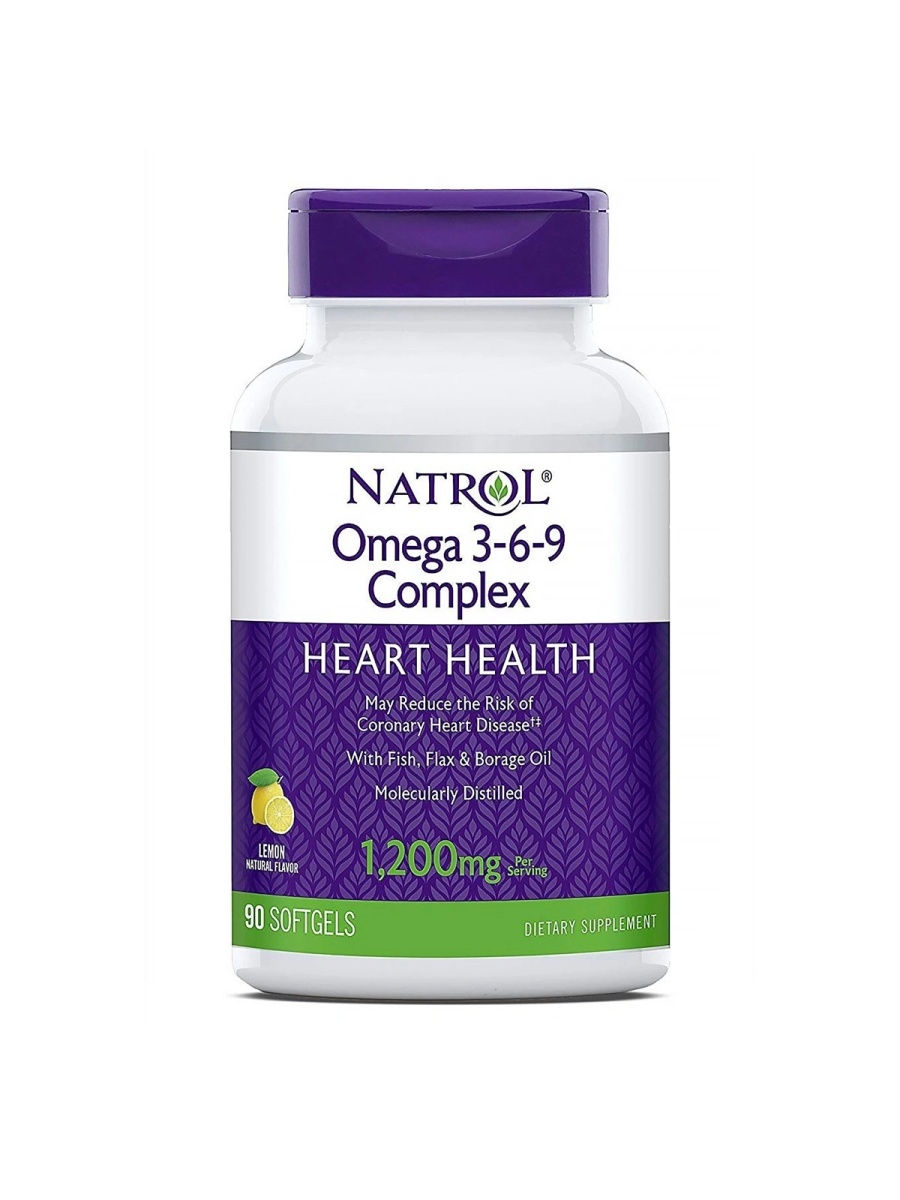
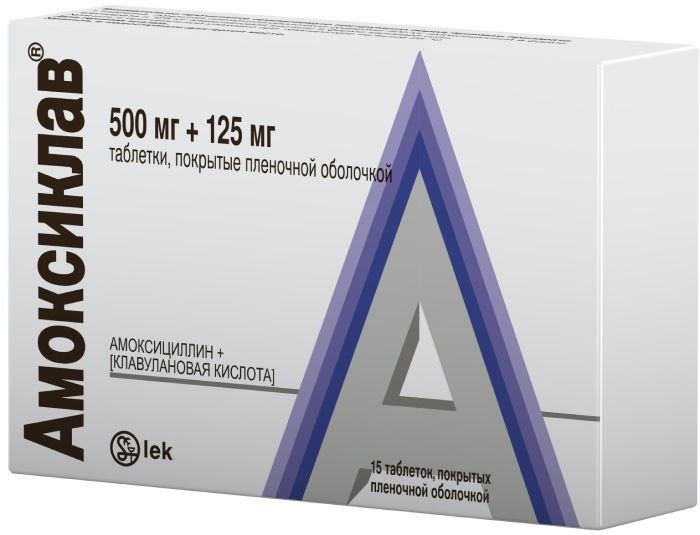
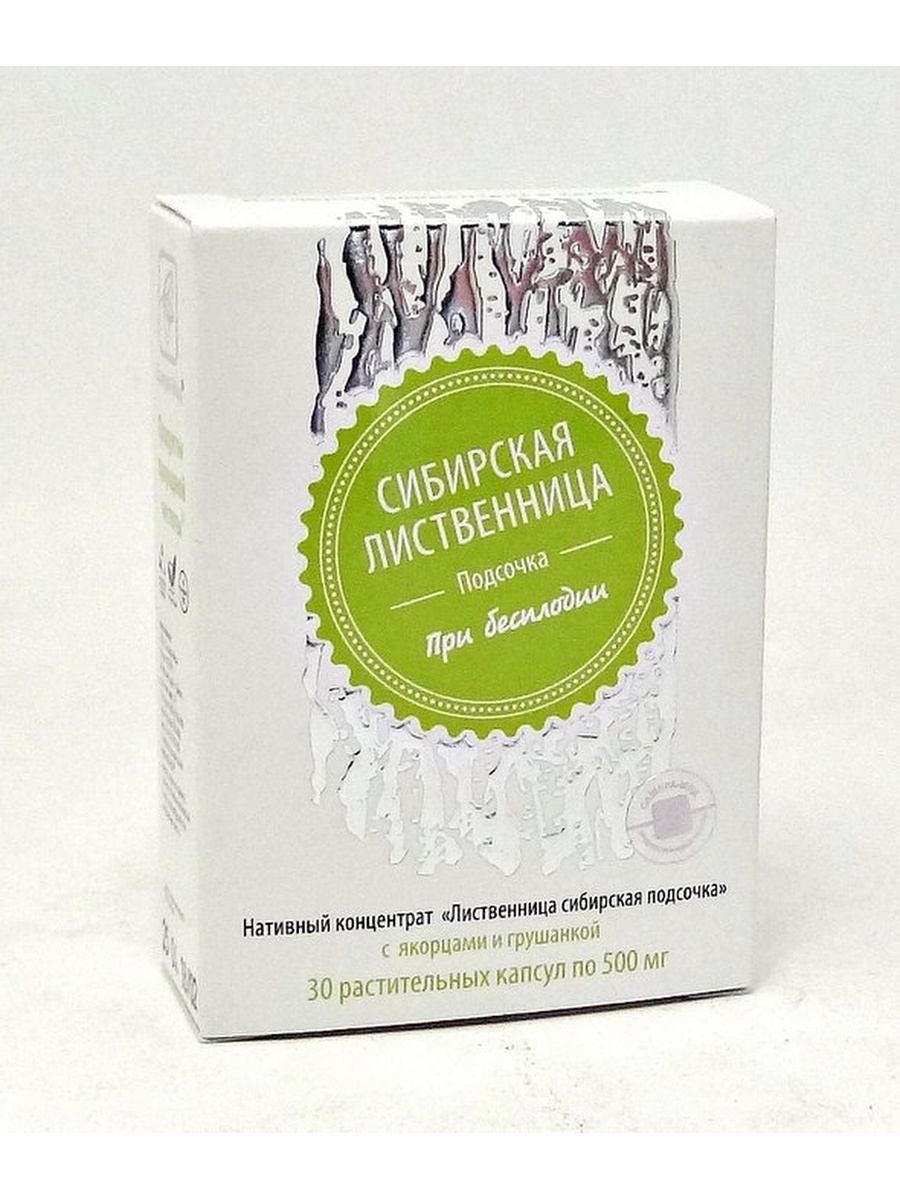
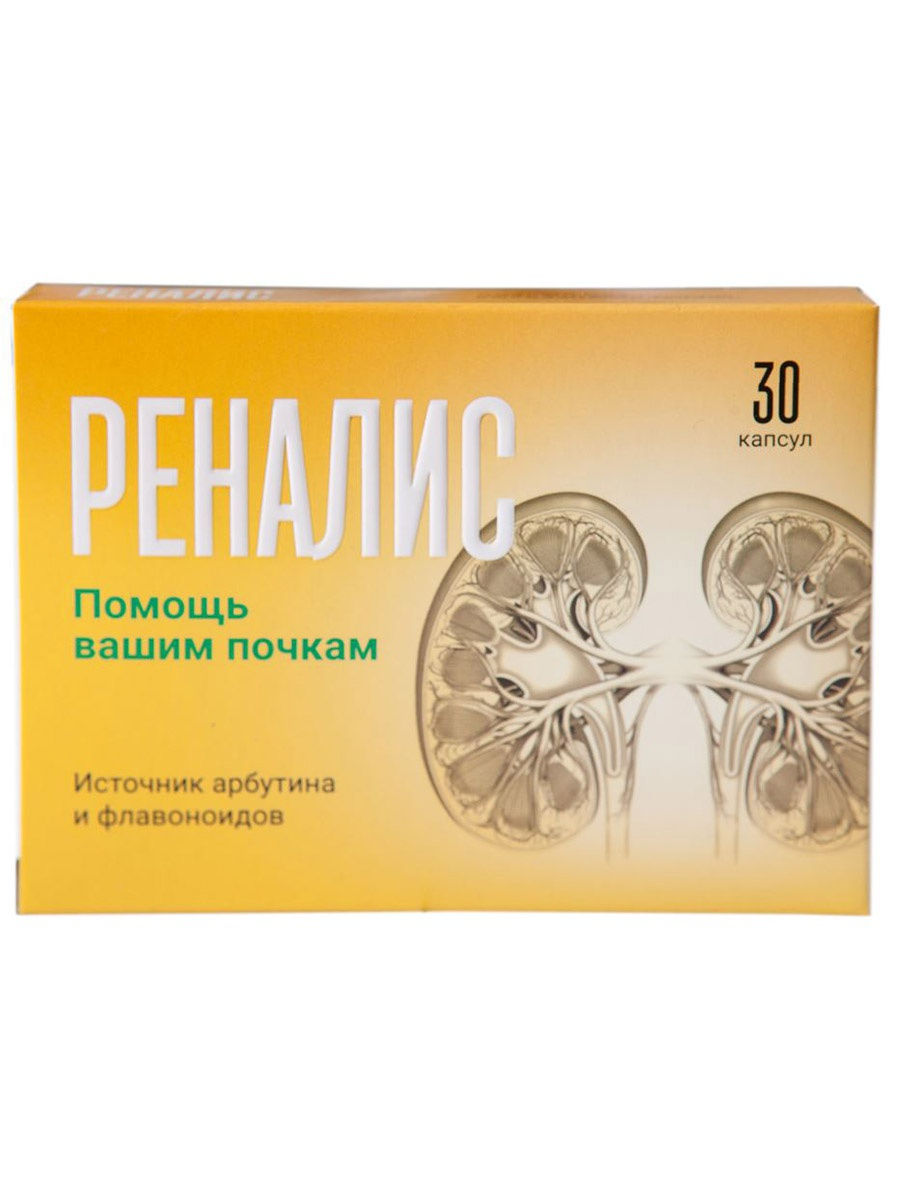





There are no reviews yet.